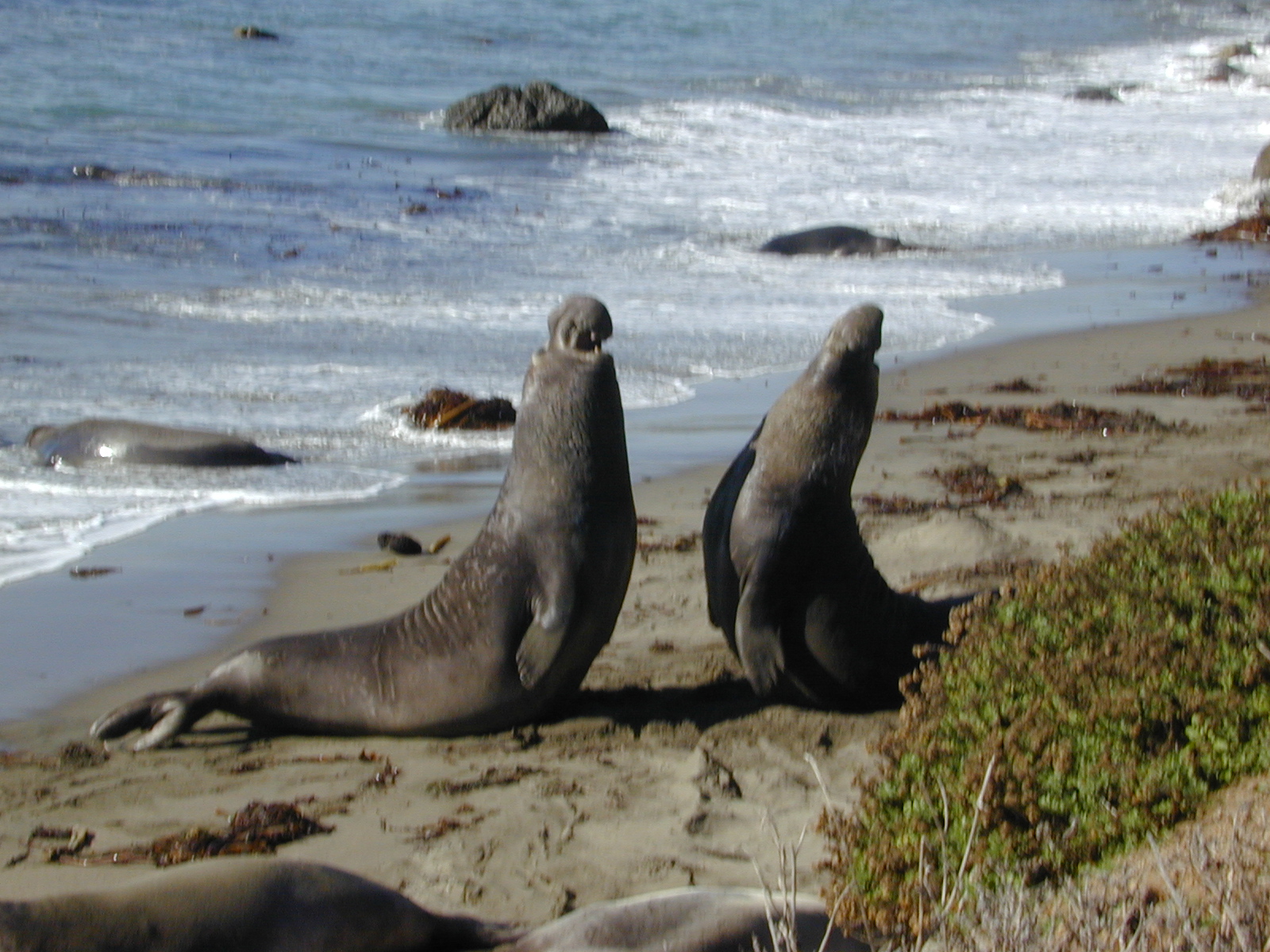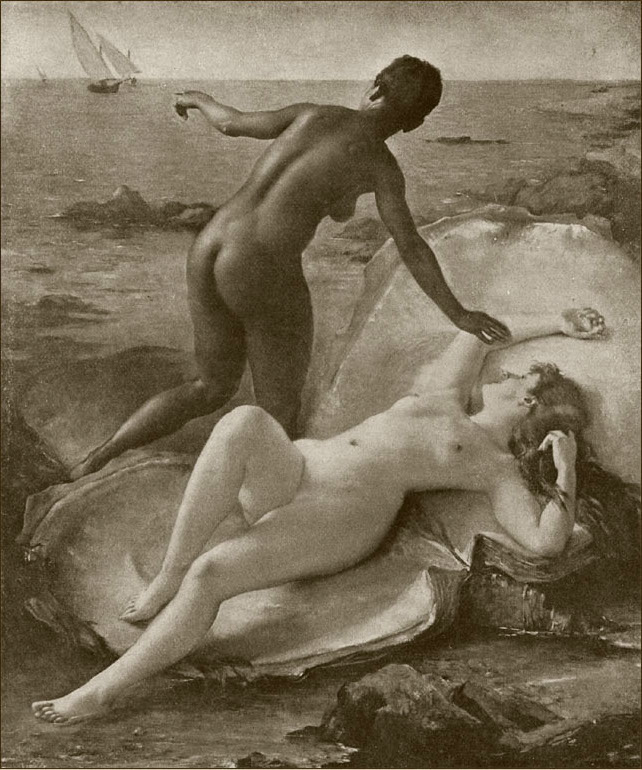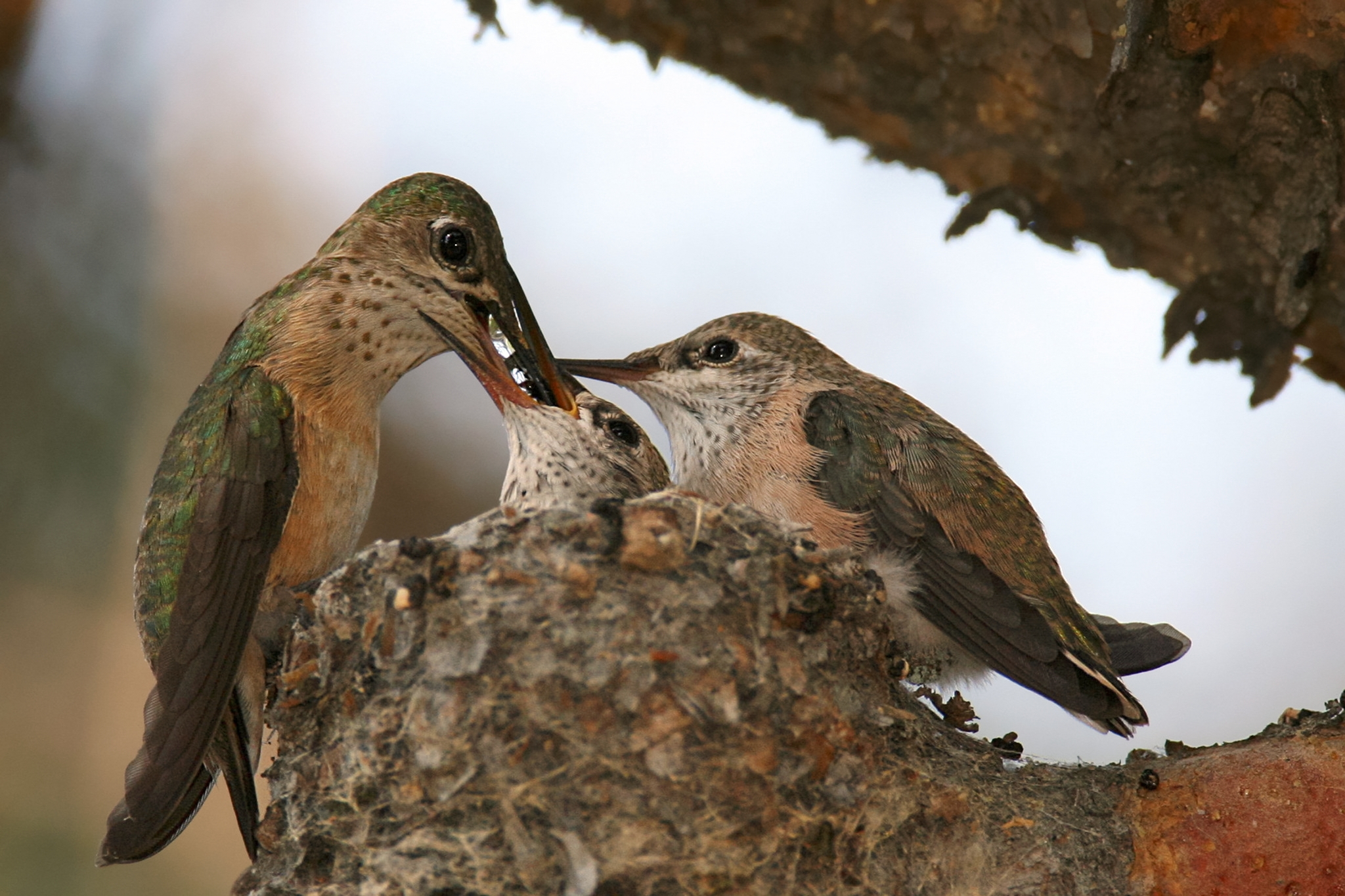|
Mate Value
Mate value is derived from Charles Darwin's theory of evolution and sexual selection, as well as the social exchange theory of relationships. Mate value is defined as the sum of traits that are perceived as desirable, representing genetic quality and/or fitness, an indication of a potential mate's reproductive success. Based on mate desirability and mate preference, mate value underpins mate selection and the formation of romantic relationships. Mate value can predict availability of mates, for example, a higher mate value means one is desirable to more individuals and so can afford to be more choosy in mate selection. Thus, one's own mate value can influence trait and mate preferences, it has been shown that an individual will show preference for another who has a similar mate value, to avoid rejection. Specifically, one could infer that one's own mate value has a direct impact upon partner choice through the biological market theory. Here, it is believed that 'high-market' (more ... [...More Info...] [...Related Items...] OR: [Wikipedia] [Google] [Baidu] |
Charles Darwin
Charles Robert Darwin ( ; 12 February 1809 – 19 April 1882) was an English Natural history#Before 1900, naturalist, geologist, and biologist, widely known for his contributions to evolutionary biology. His proposition that all species of life have descended from a Common descent, common ancestor is now generally accepted and considered a fundamental scientific concept. In a joint presentation with Alfred Russel Wallace, he introduced his scientific theory that this Phylogenetics, branching pattern of evolution resulted from a process he called natural selection, in which the struggle for existence has a similar effect to the artificial selection involved in selective breeding.. Darwin has been described as one of the most influential figures in human history and was honoured by Burials and memorials in Westminster Abbey, burial in Westminster Abbey. Darwin's early interest in nature led him to neglect his medical education at the University of Edinburgh Medical Schoo ... [...More Info...] [...Related Items...] OR: [Wikipedia] [Google] [Baidu] |
Intelligence
Intelligence has been defined in many ways: the capacity for abstraction, logic, understanding, self-awareness, learning, emotional knowledge, reasoning, planning, creativity, critical thinking, and problem-solving. It can be described as the ability to perceive or infer information and to retain it as knowledge to be applied to adaptive behaviors within an environment or context. The term rose to prominence during the early 1900s. Most psychologists believe that intelligence can be divided into various domains or competencies. Intelligence has been long-studied in humans, and across numerous disciplines. It has also been observed in the cognition of non-human animals. Some researchers have suggested that plants exhibit forms of intelligence, though this remains controversial. Etymology The word '' intelligence'' derives from the Latin nouns '' intelligentia'' or '' intellēctus'', which in turn stem from the verb '' intelligere'', to comprehend or perceive. In the M ... [...More Info...] [...Related Items...] OR: [Wikipedia] [Google] [Baidu] |
Sexual Capital
Sexual capital or erotic capital or sexual market value is the social power an individual or group accrues as a result of their sexual attractiveness and social charm. It enables social mobility independent of class origin because sexual capital is convertible, and may be useful in acquiring other forms of capital, including social capital and economic capital. Origins The term erotic capital was first used by British sociologist Catherine Hakim in the early 2000s. Hakim defined it as separate from and building upon French sociologist Pierre Bourdieu's concepts of economic, cultural, and social capital. She says erotic capital is independent of class origin and enables social mobility, and argues that this makes erotic capital socially subversive, which results in the prevailing power structures devaluing and trying to suppress it. In the manosphere, the parallel term ''sexual market value'' or its abbreviation ''SMV'' is often used. Definition Economic One economic-rela ... [...More Info...] [...Related Items...] OR: [Wikipedia] [Google] [Baidu] |
Aggression
Aggression is behavior aimed at opposing or attacking something or someone. Though often done with the intent to cause harm, some might channel it into creative and practical outlets. It may occur either reactively or without provocation. In humans, aggression can be caused by various triggers. For example, built-up frustration due to blocked goals or perceived disrespect. Human aggression can be classified into direct and indirect aggression; while the former is characterized by physical or verbal behavior intended to cause harm to someone, the latter is characterized by behavior intended to harm the social relations of an individual or group. In definitions commonly used in the social sciences and behavioral sciences, aggression is an action or response by an individual that delivers something unpleasant to another person. Some definitions include that the individual must intend to harm another person. In an interdisciplinary perspective, aggression is regarded as "an ensem ... [...More Info...] [...Related Items...] OR: [Wikipedia] [Google] [Baidu] |
Physical Attractiveness
Physical attractiveness is the degree to which a person's physical features are considered aesthetics, aesthetically pleasing or beauty, beautiful. The term often implies sexual attraction, sexual attractiveness or desirability, but can also be distinct from either. There are many factors which influence one person's attraction to another, with physical aspects being one of them. Physical attraction itself includes universal perceptions common to all human cultures such as facial symmetry, Social environment, sociocultural dependent attributes, and personal preferences unique to a particular individual. In many cases, humans subconsciously attribute positive characteristics, such as intelligence and honesty, to physically attractive people, a List of psychological effects, psychological phenomenon called the Halo effect#Role of attractiveness, Halo effect. Research done in the United States and United Kingdom found that objective measures of physical attractiveness and intelligenc ... [...More Info...] [...Related Items...] OR: [Wikipedia] [Google] [Baidu] |
Sociometer
Sociometer theory is a theory of self-esteem from an evolutionary psychological perspective which proposes that self-esteem is a gauge (or sociometer) of interpersonal relationships. This theoretical perspective was first introduced by Mark Leary and colleagues in 1995 and later expanded on by Kirkpatrick and Ellis. In Leary's research, the idea of self-esteem as a sociometer is discussed in depth. This theory was created as a response to psychological phenomenon i.e. social emotions, inter- and intra- personal behaviors, self-serving biases, and reactions to rejection. Based on this theory, self-esteem is a measure of effectiveness in social relations and interactions that monitors acceptance and/or rejection from others. With this, an emphasis is placed on relational value, which is the degree to which a person regards his or her relationship with another, and how it affects day-to-day life. Confirmed by various studies and research, if a person is deemed having relational valu ... [...More Info...] [...Related Items...] OR: [Wikipedia] [Google] [Baidu] |
Mate Guarding In Humans
Human mate guarding refers to behaviours employed by both males and females with the aim of maintaining reproductive opportunities and sexual access to a mate. It involves discouraging the current mate from abandoning the relationship whilst also warding off intrasexual (same sex) rivals. It has been observed in many non-human animals (see mate guarding and sperm competition), as well as humans. Sexual jealousy is a prime example of mate guarding behaviour. Both males and females use different strategies to retain a mate and there is evidence that suggests resistance to mate guarding also exists.Buss, D. M. (2002). Human mate guarding. N''euroendocrinology Letters, 23'' (4), 23-29. Male Circumstances of use Male mate guarding is the act of guarding a potential partner from other competing males. Mate guarding behaviour in males is much more likely to be elicited by the threat of sexual infidelity in a female partner, in comparison to emotional involvement outside the mateshi ... [...More Info...] [...Related Items...] OR: [Wikipedia] [Google] [Baidu] |
Human Mating Strategies
In evolutionary psychology and behavioral ecology, human mating strategies are a set of behaviors used by individuals to select, attract, and retain mates. Mating strategies overlap with reproductive strategies, which encompass a broader set of behaviors involving the timing of reproduction and the trade-off between quantity and quality of offspring. Relative to those of other animals, human mating strategies are unique in their relationship with cultural variables such as the institution of marriage. Humans may seek out individuals with the intention of forming a long-term intimate relationship, marriage, casual relationship, or friendship. The human desire for companionship is one of the strongest human drives. It is an innate feature of human nature and may be related to the sex drive. The human mating process encompasses the social and cultural processes whereby one person may meet another to assess suitability, the courtship process and the process of forming an interperso ... [...More Info...] [...Related Items...] OR: [Wikipedia] [Google] [Baidu] |
Waist–hip Ratio
The waist–hip ratio or waist-to-hip ratio (WHR) is the dimensionless ratio of the circumference of the waist to that of the hips. This is calculated as waist measurement divided by hip measurement (). For example, a person with a 75 cm waist and 95 cm hips (or a 30-inch waist and 38-inch hips) has WHR of about 0.79. The WHR has been used as an indicator or measure of health, fertility, and the risk of developing serious health conditions. WHR correlates with perceptions of physical attractiveness. Measurement WHO protocol According to the World Health Organization's data gathering protocol, the waist circumference should be measured at the midpoint between the lower margin of the last palpable ribs and the top of the iliac crest, using a stretch-resistant tape that provides constant tension. Hip circumference should be measured around the widest portion of the buttocks, with the tape parallel to the floor. Other organizations use slightly different standards. The United ... [...More Info...] [...Related Items...] OR: [Wikipedia] [Google] [Baidu] |
Parental Investment
Parental investment, in evolutionary biology and evolutionary psychology, is any parental expenditure (e.g. time, energy, resources) that benefits offspring.Clutton-Brock, T.H. 1991. ''The Evolution of Parental Care''. Princeton, NJ: Princeton U. Press. pg. 9Trivers, R.L. (1972). Parental investment and sexual selection. In B. Campbell (Ed.), ''Sexual selection and the descent of man'', 1871-1971 (pp. 136–179). Chicago, IL: Aldine. . Parental investment may be performed by both males and females (called ''biparental care''), females alone (''exclusive maternal care'') or males alone (''exclusive paternal care''). Care can be provided at any stage of the offspring's life, from pre-natal (e.g. egg guarding and Egg incubation, incubation in birds, and placental nourishment in mammals) to post-natal (e.g. food provisioning and protection of offspring). Parental investment theory, a term coined by Robert Trivers in 1972, predicts that the sex that invests more in its offsprin ... [...More Info...] [...Related Items...] OR: [Wikipedia] [Google] [Baidu] |
Fertility
Fertility in colloquial terms refers the ability to have offspring. In demographic contexts, fertility refers to the actual production of offspring, rather than the physical capability to reproduce, which is termed fecundity. The fertility rate is the average number of children born during an individual's lifetime. In medicine, fertility refers to the ability to have children, and infertility refers to difficulty in reproducing naturally. In general, infertility or subfertility in humans is defined as not being able to conceive a child after one year (or longer) of unprotected sex. The antithesis of ''fertility'' is infertility, while the antithesis of ''fecundity'' is sterility. Demography In demographic contexts, fertility refers to the actual production of offspring, rather than the physical capability to produce which is termed fecundity. While fertility can be measured, fecundity cannot be. Demographers measure the fertility rate in a variety of ways, which can be broa ... [...More Info...] [...Related Items...] OR: [Wikipedia] [Google] [Baidu] |
Evolution
Evolution is the change in the heritable Phenotypic trait, characteristics of biological populations over successive generations. It occurs when evolutionary processes such as natural selection and genetic drift act on genetic variation, resulting in certain characteristics becoming more or less common within a population over successive generations. The process of evolution has given rise to biodiversity at every level of biological organisation. The scientific theory of evolution by natural selection was conceived independently by two British naturalists, Charles Darwin and Alfred Russel Wallace, in the mid-19th century as an explanation for why organisms are adapted to their physical and biological environments. The theory was first set out in detail in Darwin's book ''On the Origin of Species''. Evolution by natural selection is established by observable facts about living organisms: (1) more offspring are often produced than can possibly survive; (2) phenotypic variatio ... [...More Info...] [...Related Items...] OR: [Wikipedia] [Google] [Baidu] |






